
Manganese deficiency affects root endodermal suberization and ion homeostasis (Plant Physiol.)
Plant Science Research WeeklyManganese (Mn) is an essential plant nutrient necessary for multiple plant process such as photosynthesis. Mn deficiency has a significant impact on crop production particularly in cereals including barley (Hordeum vulgare L.). Chen et al. identified how Mn deficiency alters suberin deposition in the …

Drought conditions reduce root-feeding nematode predator populations (PNAS)
Plant Science Research WeeklyClimate change is expected to cause numerous negative impacts on plant populations. An under considered area that will be affected are the communities of soil organisms that rely on a delicate balance of environmental conditions, particularly in grasslands that receive moderate precipitation (mesic grasslands).…
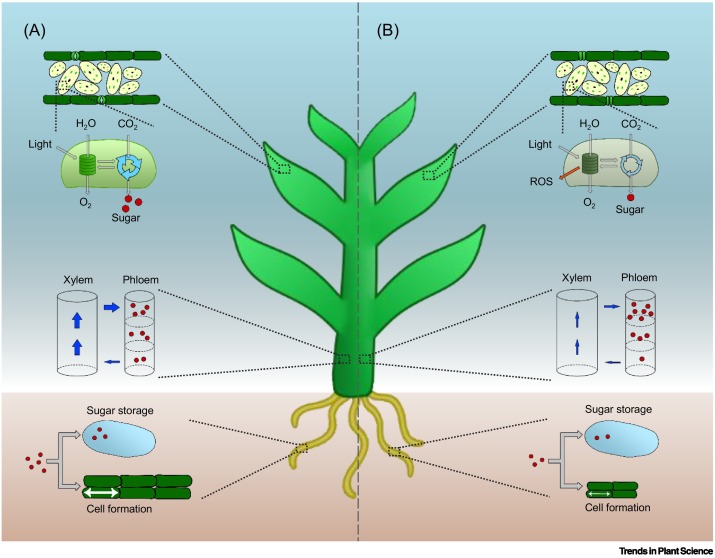
Review: Source–sink regulation in crops under water deficit ($) (Trends Plant Sci)
Plant Science Research WeeklyPlants have a remarkable ability to coordinate cellular activities across huge distances, yet we have only a basic understanding of how these remote activities are coordinated. A review by Rodrigues et al. summarizes what we know about the relationship between source (e.g., photosynthetic tissues) and…
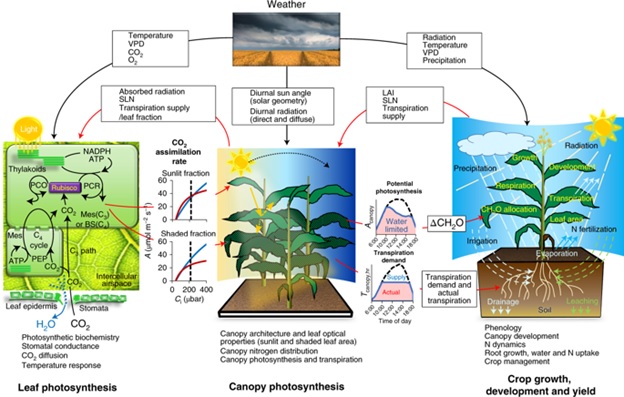
Modeling crop yield changes due to increased photosynthetic capabilities ($) (Nature Plants)
Plant Science Research WeeklyWith the need to feed the growing population and the threat of global climate change, there is an imminent need to increase crop yields. One commonly accepted method of accomplishing this is by enhancing the photosynthetic capability of major crop plants, which may result in an increased yield. A recent…
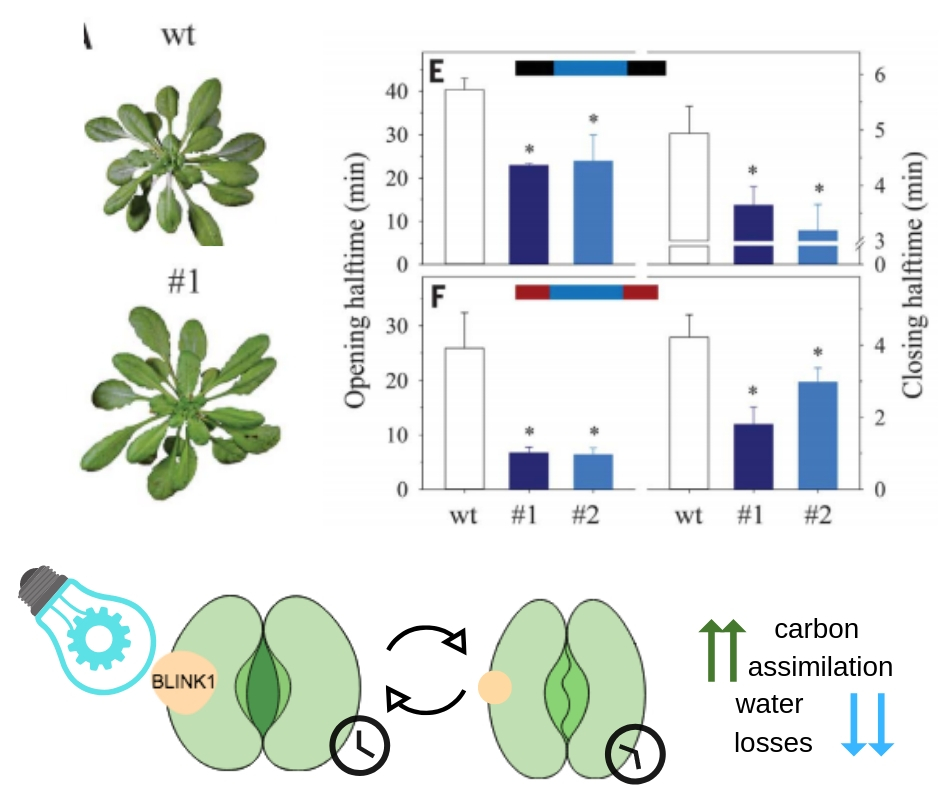
Optogenetic manipulation of stomatal kinetics improves carbon assimilation, water use, and growth ($) (Science)
Plant Science Research WeeklyOptogenetics is a biotechnique that uses light-sensitive molecules to regulate cell activity. In plants, stomatal aperture mediates both CO2 uptake for photosynthesis and water loss by transpiration. The carbon-water trade-off control affects water use efficiency (WUE). Here, Papanatsiou et al. studied…
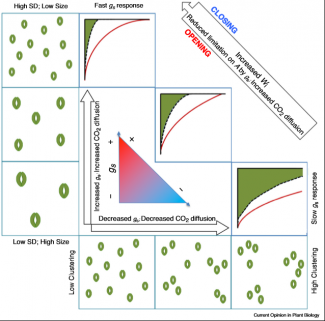
Review: Exploiting natural variation and genetic manipulation of stomatal conductance for crop improvement (COPB)
Plant Science Research WeeklyIdentifying methods to improve crop productivity is vital considering the devastating consequences of climate change (e.g., frequent droughts). Stomatal conductance influences photosynthesis and water use efficiency, which are two important indicators of crop yield. Here, Faralli et al. discuss advances…

Special Issue: Root Biology (Physiologia Plantarum)
Plant Science Research WeeklyThe year 2019 kicks off with a special issue on root biology, with all articles free to access for six months. Topics include interactions of roots with parasites and symbionts, root branching, transport in the root system, and roots of woody species. (Summary by Mary Williams) Physiologia Plantarum…
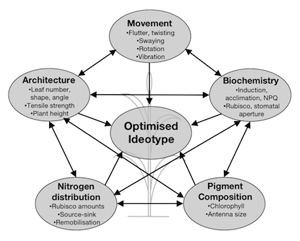
Opinion: A canopy conundrum: wind-induced movement, crop productivity and photosynthetic limitations? (J Exp Bot) ($)
Plant Science Research WeeklyHigh wind speeds may result in substantial damage to crop canopies, resulting in a loss of productivity. Lower wind speeds affect crop canopies in different ways – while physical damage does not occur, the movement of plant tissues impacts photosynthetic capacity by altering the light environment,…
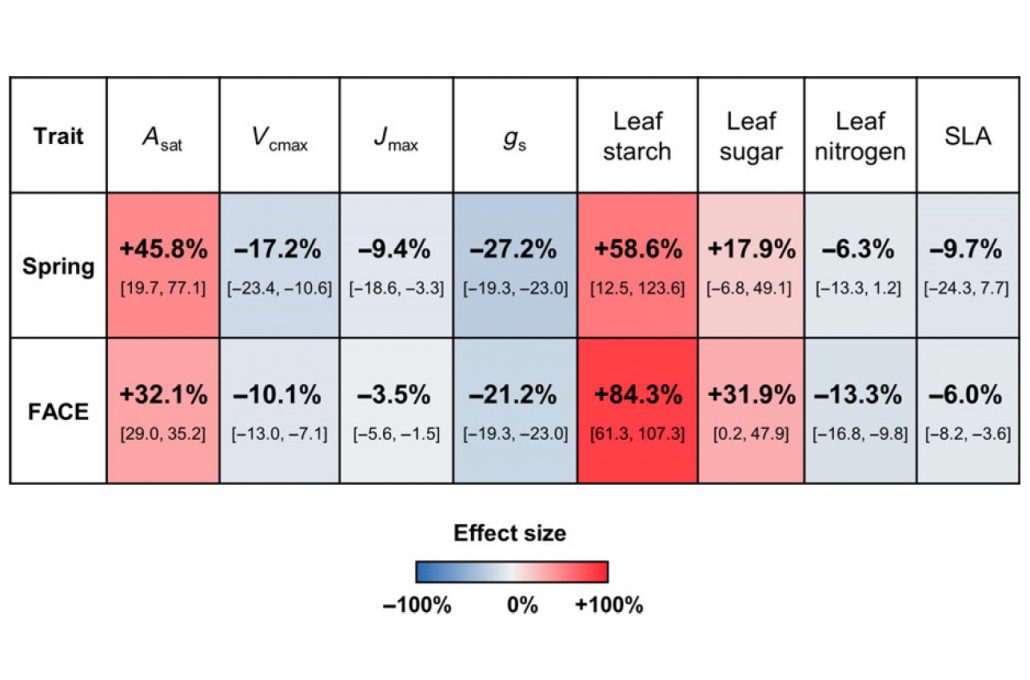
FACE facts hold for multiple generations; Evidence from natural CO2 springs (Global Change Biol)
Plant Science Research WeeklyAssessing the effect of rising CO2 concentrations on plant growth and physiology traits is crucial in order to determine how ecosystems and crop production systems will perform in future climates. Such assessments have been made with free-air CO2 enrichment (FACE) experiments, which have provided a…

